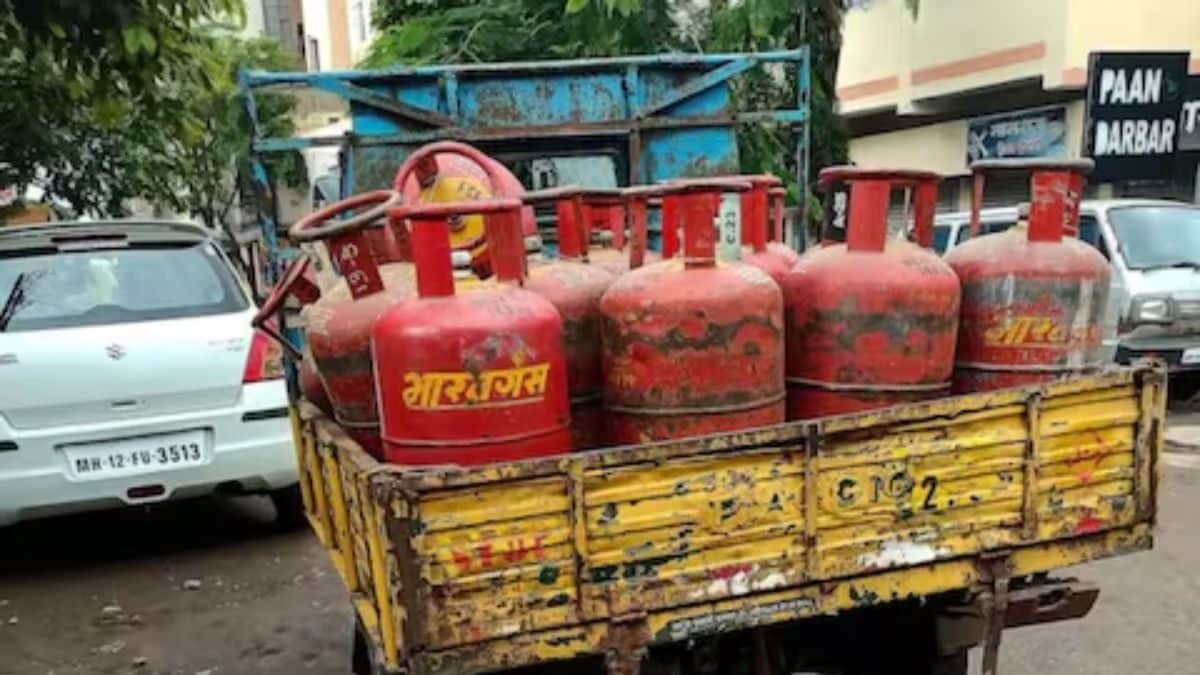Commercial LPG prices have been on a rollercoaster ride in recent months, with a series of price adjustments reflecting the dynamic nature of the global energy market. On September 1, 2024, oil marketing companies (OMCs) implemented a price hike for commercial LPG cylinders, marking a shift from the recent trend of reductions. This article delves into the factors influencing this price fluctuation and its implications for businesses reliant on LPG.
Rising Costs for Businesses: The Impact of Commercial LPG Price Hike
The increase of Rs 39 per cylinder for commercial LPG in Delhi, bringing the new price to Rs 1,691.5, adds to the financial burden on hotels, restaurants, and other establishments that rely on LPG for their operations. This hike comes after a series of price decreases in the preceding months, providing some relief to businesses. However, the recent increase throws a wrench into their cost management strategies.
The Price Rollercoaster: A Month-by-Month Analysis
A closer look at the recent price changes for commercial LPG cylinders paints a clear picture of the volatility in the market.
- July 2024: Prices witnessed a reduction of Rs 30 per cylinder.
- June 2024: A significant decrease of Rs 69.5 was implemented.
- May 2024: A minor decrease of Rs 19 marked the beginning of the price reduction trend.
These fluctuations illustrate the intricate interplay of various factors driving LPG pricing, highlighting the need for businesses to adapt to changing market dynamics.
Factors Shaping the LPG Price Landscape
Several factors converge to influence commercial LPG prices, creating a complex equation that often leads to volatility. These factors include:
- International Oil Prices: Global oil prices serve as a fundamental benchmark for LPG pricing. When crude oil prices rise, LPG prices are likely to follow suit. Similarly, a decrease in oil prices can lead to lower LPG costs.
- Taxation Policies: Government policies, including taxes and levies imposed on LPG, play a crucial role in determining the final price consumers pay. Any change in tax structures directly impacts LPG costs.
- Supply and Demand: The interplay of supply and demand dynamics in the LPG market influences price fluctuations. Increased demand for LPG, potentially driven by economic growth or industrial expansion, can push prices higher. Conversely, increased supply can lower costs.
- Currency Exchange Rates: Currency fluctuations between the Indian Rupee and the US Dollar, the currency in which oil is often traded, can impact LPG prices. A weaker rupee against the dollar can increase the cost of imports, leading to higher LPG prices.
The Role of OMCs in Price Determination
Oil marketing companies (OMCs), including Indian Oil Corporation (IOC), Bharat Petroleum Corporation Ltd (BPCL), and Hindustan Petroleum Corporation Ltd (HPCL), play a pivotal role in determining commercial LPG prices. They adjust these prices on the 1st of every month, considering the complex interplay of factors mentioned above. The transparency of these adjustments allows businesses to plan and adapt their operations based on evolving price dynamics.
Government Initiatives to Promote LPG Use
The Indian government actively encourages the use of LPG for household cooking, particularly for lower-income households. Schemes like the Pradhan Mantri Ujjwala Yojana provide subsidies for LPG cylinders, promoting access to clean cooking fuel and improving the well-being of vulnerable communities.
The Impact on the Hospitality Industry
The hospitality sector, a major consumer of commercial LPG, faces a unique challenge with price fluctuations. Restaurants and hotels often factor the cost of LPG into their menu pricing or room rates. A significant price hike, as witnessed in September, can necessitate adjustments to pricing strategies to maintain profitability. However, frequent fluctuations can make it challenging to predict costs accurately and develop a stable pricing model.
Mitigation Strategies for Businesses
Businesses in the hospitality sector and other industries reliant on commercial LPG can employ various strategies to mitigate the impact of price volatility.
- Exploring Alternative Fuels: Considering alternative fuels, such as natural gas or biomass, can help diversify energy sources and reduce dependence on LPG.
- Energy Efficiency Measures: Implementing energy efficiency practices, such as using energy-saving appliances and optimizing kitchen equipment, can help reduce LPG consumption and mitigate the impact of price hikes.
- Long-Term Contracts: Negotiating long-term contracts with OMCs at fixed prices can offer some price stability and predictability.
- Smart Procurement: Optimizing purchasing practices by purchasing in bulk when prices are low or exploring competitive pricing from different OMCs can offer potential savings.
Takeaways
- Commercial LPG prices are highly volatile, influenced by a complex interplay of international oil prices, government policies, supply and demand dynamics, and currency exchange rates.
- Businesses need to proactively adapt to these fluctuations by exploring alternative fuels, implementing energy efficiency measures, negotiating long-term contracts, and optimizing procurement strategies.
- Government initiatives promoting the use of LPG for household cooking, like the Pradhan Mantri Ujjwala Yojana, are crucial for promoting access to clean cooking fuel for lower-income households.




